A Unique Chapter in Madeira’s Aviation History
Long before Madeira had a land airport, the island relied on seaplanes for air travel. At the time, neither Porto Santo Airport nor Madeira Airport had been built - they wouldn’t open until the 1960s. These flying boats were vital in linking Madeira to mainland Europe and marked a distinctive chapter in the island’s aviation history.
The first seaplane to land in Madeira did so on March 22, 1921. It was a Felixstowe F.3, flown by the Portuguese navigator Carlos Viegas Gago Coutinho. This early flight was more symbolic than regular, but it opened the door to what would later become an important route for both locals and visitors.
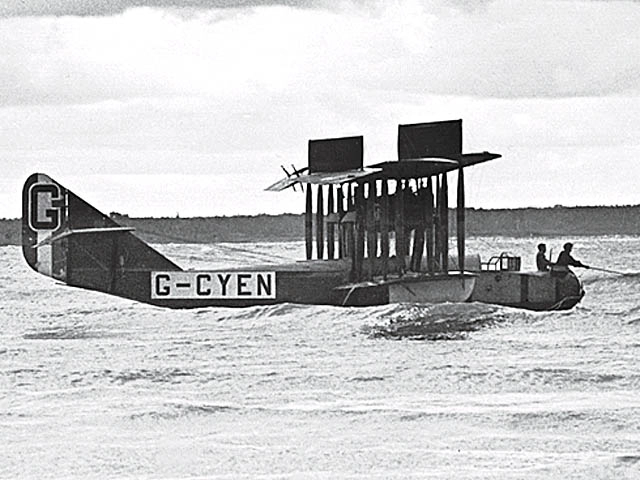
The Golden Years of Aquila Airways (1949–1958)
In 1949, regular seaplane services began with the British airline Aquila Airways. The company, founded a year earlier in Southhampton, flew routes linking Southampton, Lisbon, and Funchal, and sometimes extended to Las Palmas in the Canary Islands.
Aquila used a fleet of 17 aircraft, including converted military flying boats such as the Short Sunderland Mk3 (renamed Short Hythe S.25), and the larger Short Solent 3 and 4. These planes were known for their ability to land directly in the Bay of Funchal, where they dropped anchor offshore.
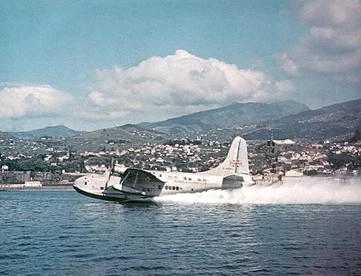
Passengers were then transferred to land using two dedicated boats: the "Aquila," which served as a floating control tower, and the "Fernanda," which carried people and luggage to the dock at Pontinha. Flights followed a weekly schedule, with regular departures and coastal excursions throughout the week.
One of Aquila’s most famous passengers was British Prime Minister Winston Churchill, who used the airline in January 1950 to return from a holiday on the island.
Financial Trouble Ends the Aquila Era
Despite its pioneering role, Aquila Airways struggled financially. The rise of land-based airports and the greater convenience of modern planes created tough competition. Aquila made its final flight on September 30, 1958, from Funchal to Southampton, via Lisbon.
A Brief Replacement: The Tragedy of ARTOP Linhas Aéreas
Following Aquila’s closure, a Portuguese company, ARTOP Linhas Aéreas, briefly took over the route using two Martin PBM Mariner seaplanes, named “Madeira” and “Porto Santo.” Service began on October 1, 1958, between Lisbon and Funchal.
Tragedy struck just over a month later. On November 9, 1958, the “Porto Santo” disappeared over the Atlantic Ocean with 30 passengers and 6 crew members. No wreckage was ever found. The disaster led to the immediate halt of ARTOP's operations on November 11.
On November 9, 1958, a Martin PBM-5 Mariner that went by the name of “Porto Santo“crashed en route from Lisbon to Madeira. Despite an extensive search, no wreckage or survivors were found. A brief emergency call suggested a sudden crisis. The exact cause remains unknown. A dual engine failure is considered likely but has been questioned by experts. Possible causes include fire or structural failure. All 36 people on board died and vanished in the incident.
The Move to Airports and a New Era of Travel
After the end of seaplane flights, Madeira lost its direct air link for nearly two years. From 1960 on, travelers had to land on the nearby island of Porto Santo, where a land airport opened on August 28, 1960. From there, they continued by boat to Madeira.
Everything changed on July 8, 1964, when Madeira’s own land airport opened in Santa Cruz. Now known as Cristiano Ronaldo International Airport, it restored direct connections to the island and closed the chapter on seaplane travel.
This period remains a fascinating part of Madeira’s story - when planes landed on water and travelers arrived by boat, not boarding bridge.

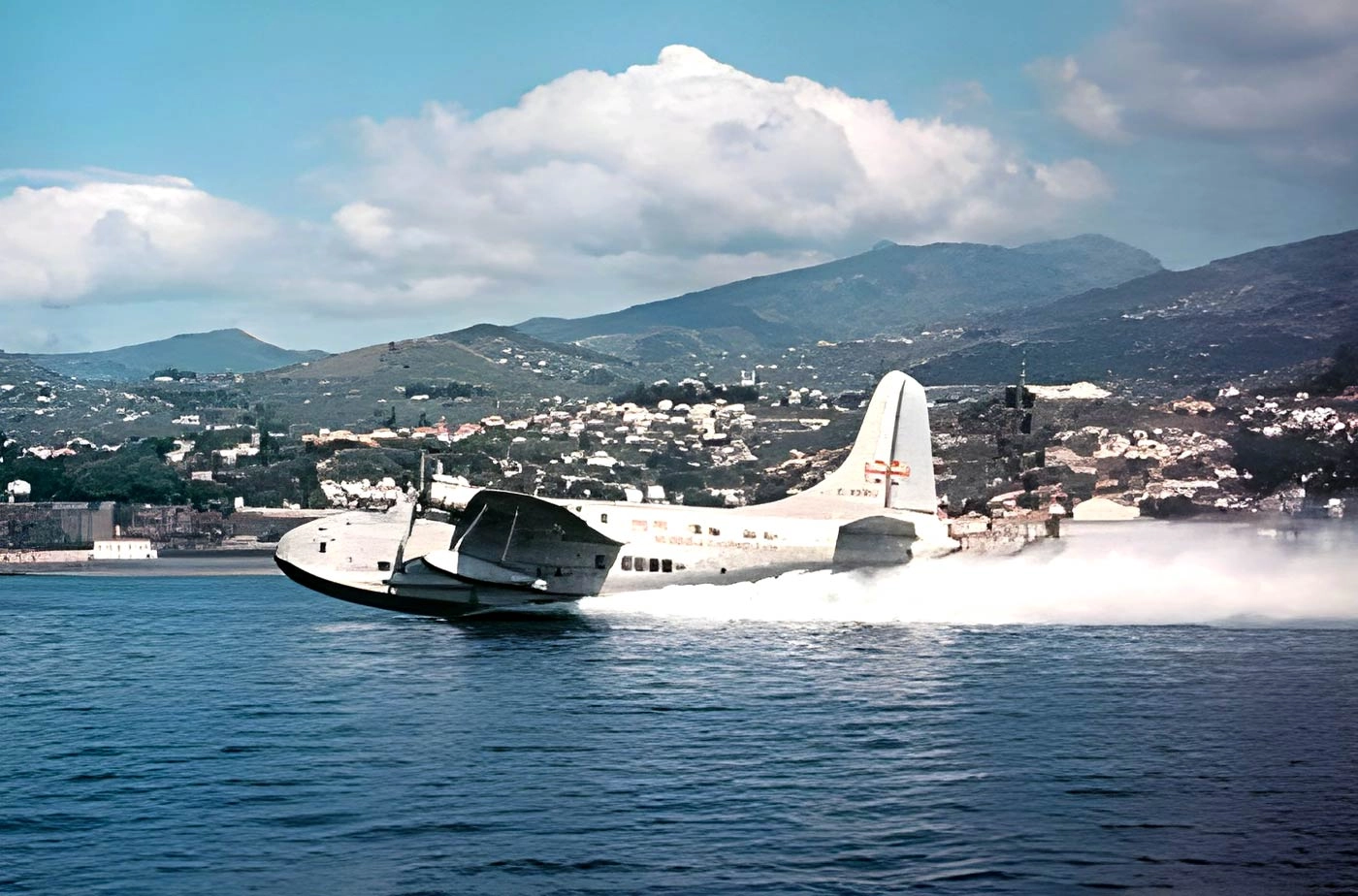



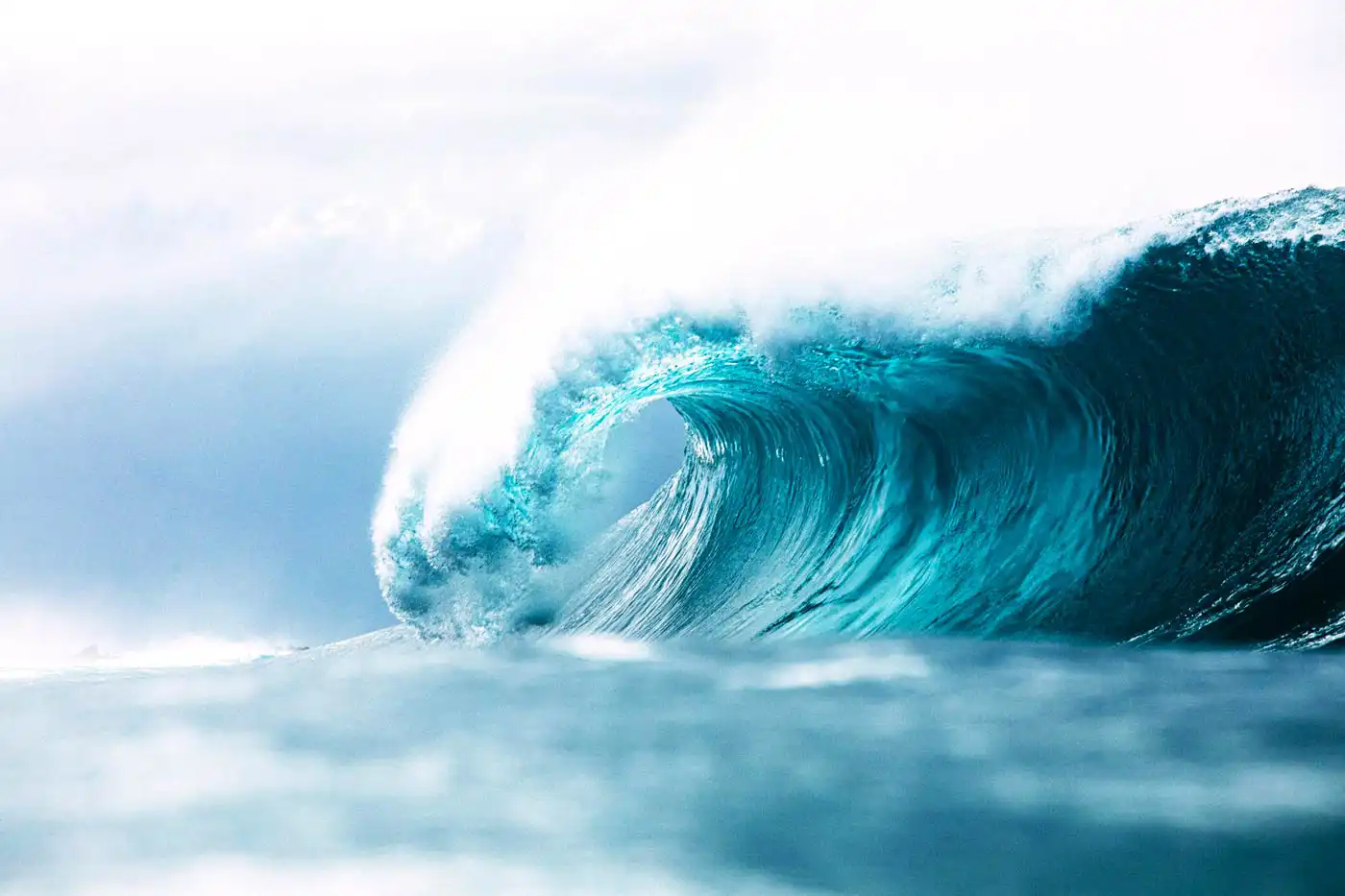
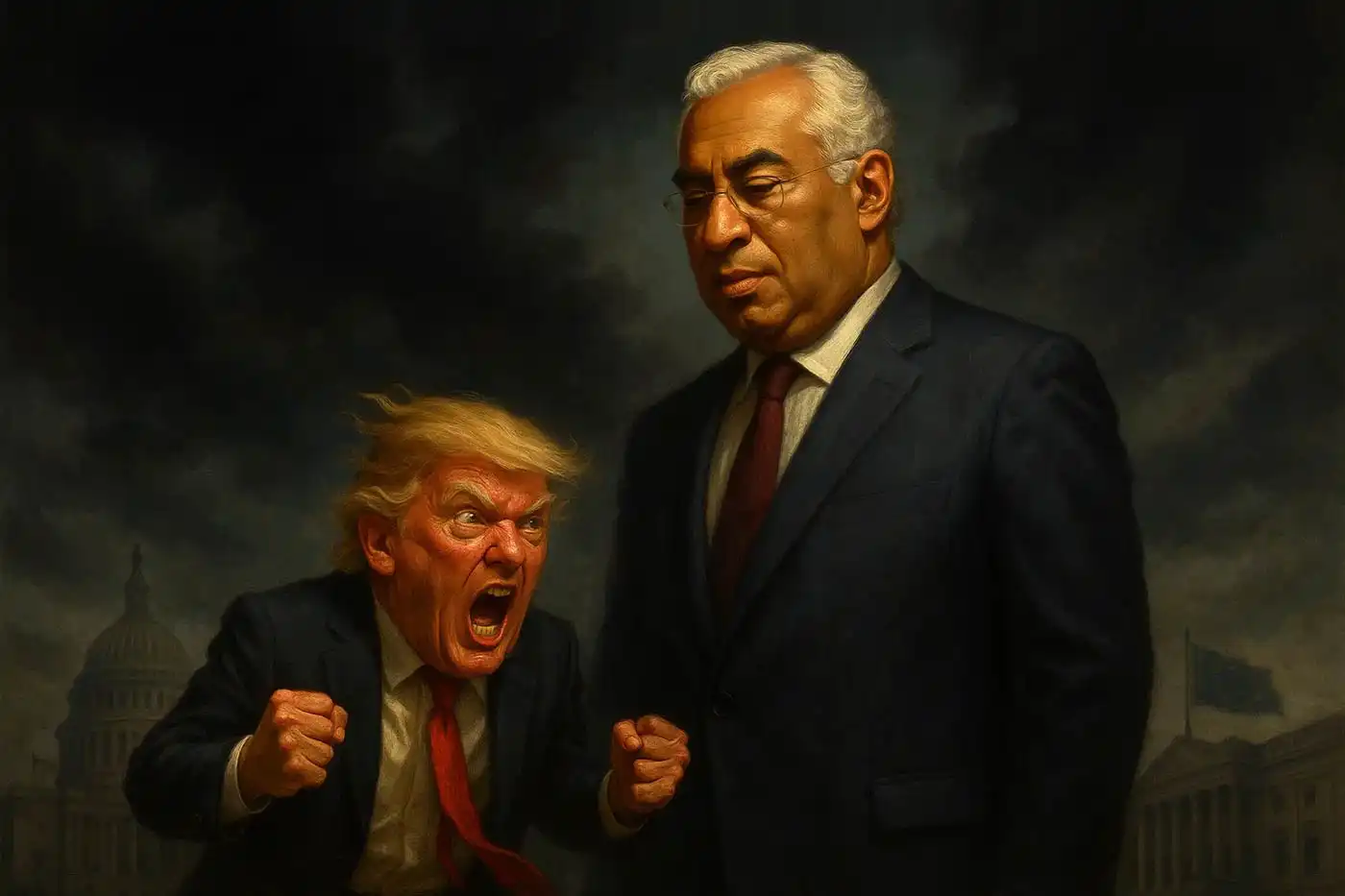
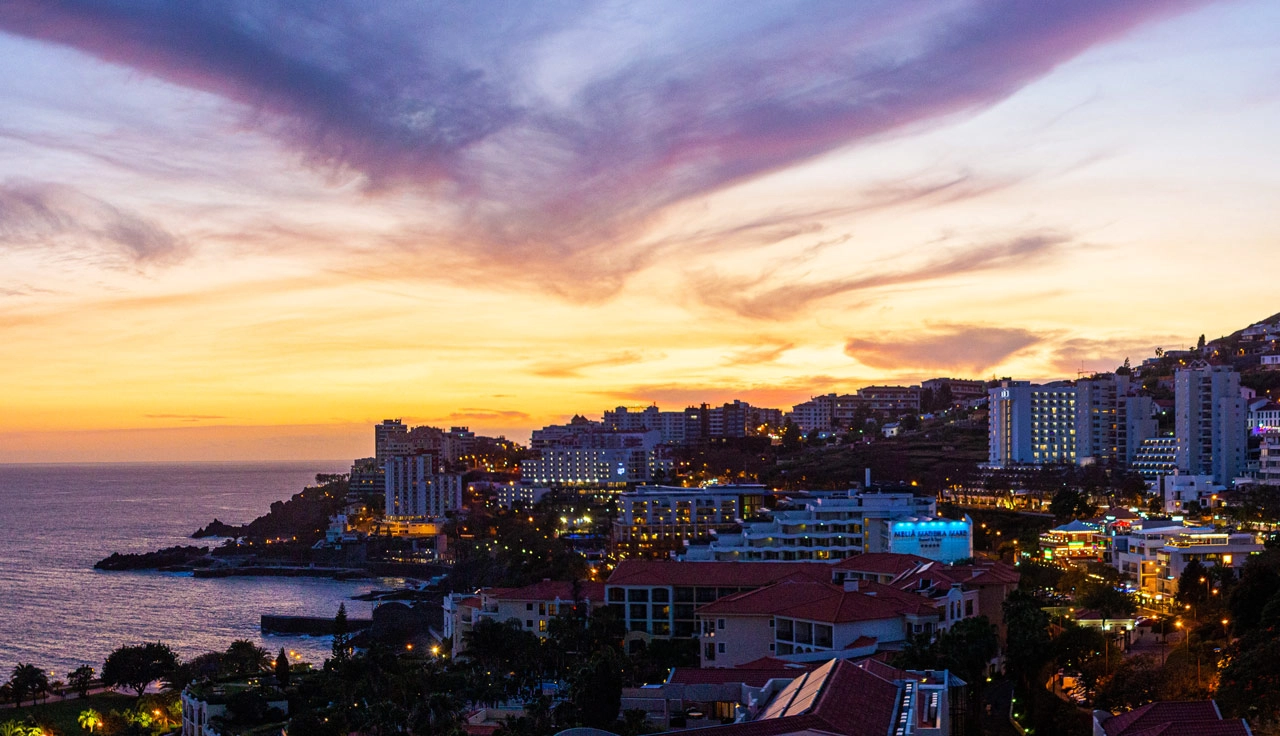
Comments